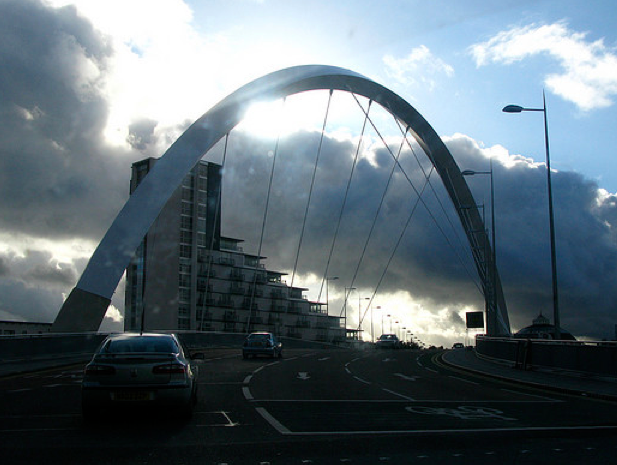UPDATE: This post was picked up and reposted on the blog of the Research Students’ Society at UWS. You can therefore read it there as well. Good luck to all participating students at the UWS poster event!
On Friday, May 7, 2010 the University of the West of Scotland is organizing a poster event for its research students. The morning will be dedicated to final year research students presenting their research (M004, Paisley Campus) and the afternoon to first and second year research students displaying a poster related to their research (Student Union, Paisley).
For the students who haven’t attended many conferences as presenters, a poster event is always a valuable opportunity to gain experience in this area. However, the biggest advantage that a university-centered event like can provide is that of networking with peers and getting to know better what other research projects are being undertaken in the university.
I have recently received numerous questions about how should one organize and present a poster. Past experience makes me believe that the most important in a poster presentation is the speaker’s ability to depict and explain his/her research project in a way that is accessible and understandable to a non-academic audience. I would argue that is recommendable to have a sound research idea (with clear objectives, research precedents, methodology and sampling) since that would support the researcher progress in his/her work. However, it is the appeal, enthusiasm and understandable argumentation that would win the attention of the audience. Moreover, I would argue that how the poster looks is less important but when designing it one should keep in mind that the poster’s role is to attract attention. Clarity, balance and color are among the elements that make a successful poster design no matter if the poster uses the traditional rectangular form (be it portrait or landscape) or chooses a different layout. The rule for less clutter applied to powerpoint presentation is valid here as well – the poster’s role is to visually support the researcher’s argument NOT to overshadow it by competing for the audience’s attention. The University of Leicester poster page provides good and sound advice with regards to how a poster can be organized.
I am still hoping to see the day when a poster presentation event would enable better and more innovative integration of new technologies and by that I do not mean allowing presenters to bring a laptop or projecting their poster instead of printing it but rather using augmented reality applications to the give the presentations a new dimension, allowing for live video and audio contact with a second researcher that is not in the room or integrating live voting (using twitter or text messages) for the posters presented.
To conclude, a poster presentation event is a networking opportunity and a chance to practice and polish presentation skills. The poster is there a visual aid but a winning presentation resides from what the researcher says and does than from what the researcher had printed.
A research seminar at Glasgow Caledonian University.
Yesterday I gave a talk on new media free tools that could be used to research new media and new media environments. I also included some examples where these tools could complement ongoing research by providing additional data and context or by offering an alternative to interpret and visualize current data. The presentation made reference to platforms and tools I have made reference to on the blog before and I have been using in my research and work during the past years.
I found some of the questions raised on privacy and security of data or hierarchy of relationships in these social media environments well founded. I do believe however that if researchers and academics would spend some time considering the advantages, ailment
disadvantages as well as threats these environments present they would make a contribution not only to knowledge but also to the ongoing dialogue and debate about the role and influence of social media and digital environments on their fields of research.
I will continue to update my list of tools and re-assess their potential for research. In the meantime, my delicious will keep track of the bookmarks that should be reviewed.
Finally, a big thank you to all who attended and a special thanks to Dr David McGillivray for having me invited.

Pingback:End of Semester Science Roundup | Host Rage
A very informative presentation on researching using the tools of the new media. I think one of the most interesting aspects for my area of events was the way we can evaluate ‘sentiment’ around our events as a qualitative indicator of how our publics feel about us. Given that many events now have social media strategies, for example, the ability to use the numerous analytics out there to legitimate this strategy is a real step forward. My only issue with these tools is that there are so many of them, some are commercial, some are free and the research community remains sceptical about their merit as part of ‘real’ research. I’m sure that’s change over time though.
Pingback:New Media Research and Routes to Innovation « Ana ADI
Pingback:New Media Research and Routes to Innovation (by PhD Student Ana Adi) « UWS: School of Creative & Cultural Industries